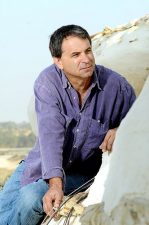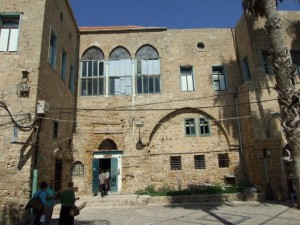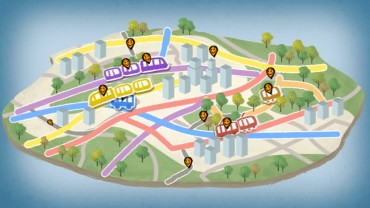 Spring has sprung in Israel, marked by almond blossoms and Tu Bishvat
Spring has sprung in Israel, marked by almond blossoms and Tu Bishvat
The Jewish holiday of Tu Bishvat begins as the sun sets on the 7th of February 2012. This holiday has its origins in some ecologically-focused passages in the Talmud. Deuteronomy 14:22-29 requires that one tenth of all that a field produces in a year should be set aside as a tithe and that every third year’s tithe should be stored in towns so that widows, foreigners and Levites (who have no land allotment) would have food.
Leviticus 19:23-25 warns that when a tree is planted, its fruit should not be consumed during the first three years and that the fourth year’s fruit belongs to God. Only after the fifth year is the fruit to be consumed.
Tu Bishvat, also known as “New Year of the Trees”, was the day used to calculate the age of a tree. A count of fruit and blossoms on this day was used to calculate these tithes (taxes) for the following year.
Tu Bishvat was also a time for planting and preparing for the spring season. Some people prepare a traditional Tu Bishvat seder (meal) consisting of fruit, nuts and a symbolic combination of red and white wine. Because there is no solid Talmudic basis for this seder, anyone can create their own green Tu Bishvat seder.
Tu Bishvat remains focused on the environment. Children plant trees in a celebration reminiscent of arbor day and make nature-themed crafts. Adults pledge to cut greenhouse gases or try to win an environmental Nobel prize. Some of these activities have been criticized as being little more than greenwashing. In this part of the world, even the simple act of planting a tree can have a complicated political dimension.
Image via virovets




Comments are closed.